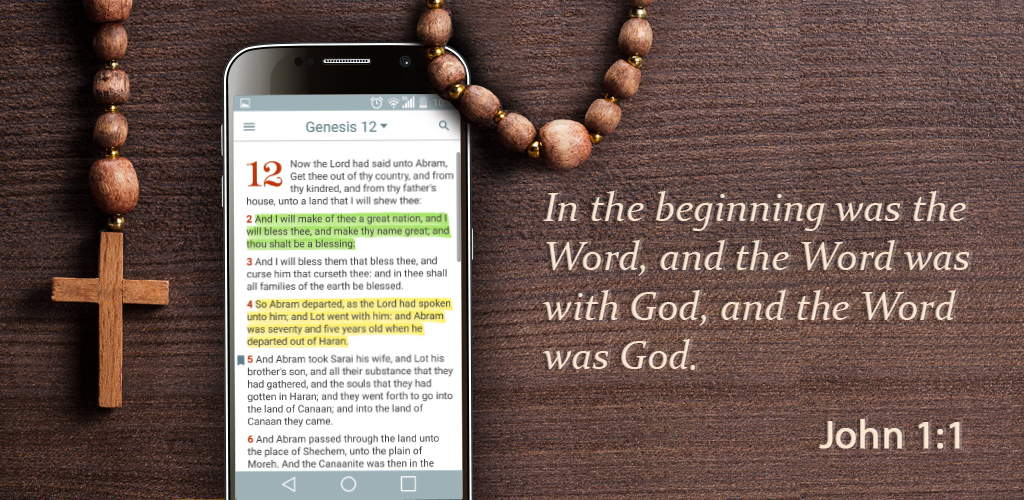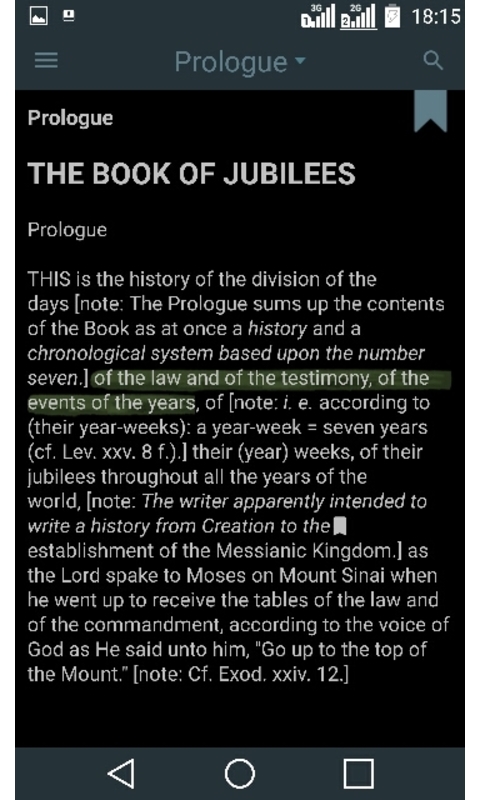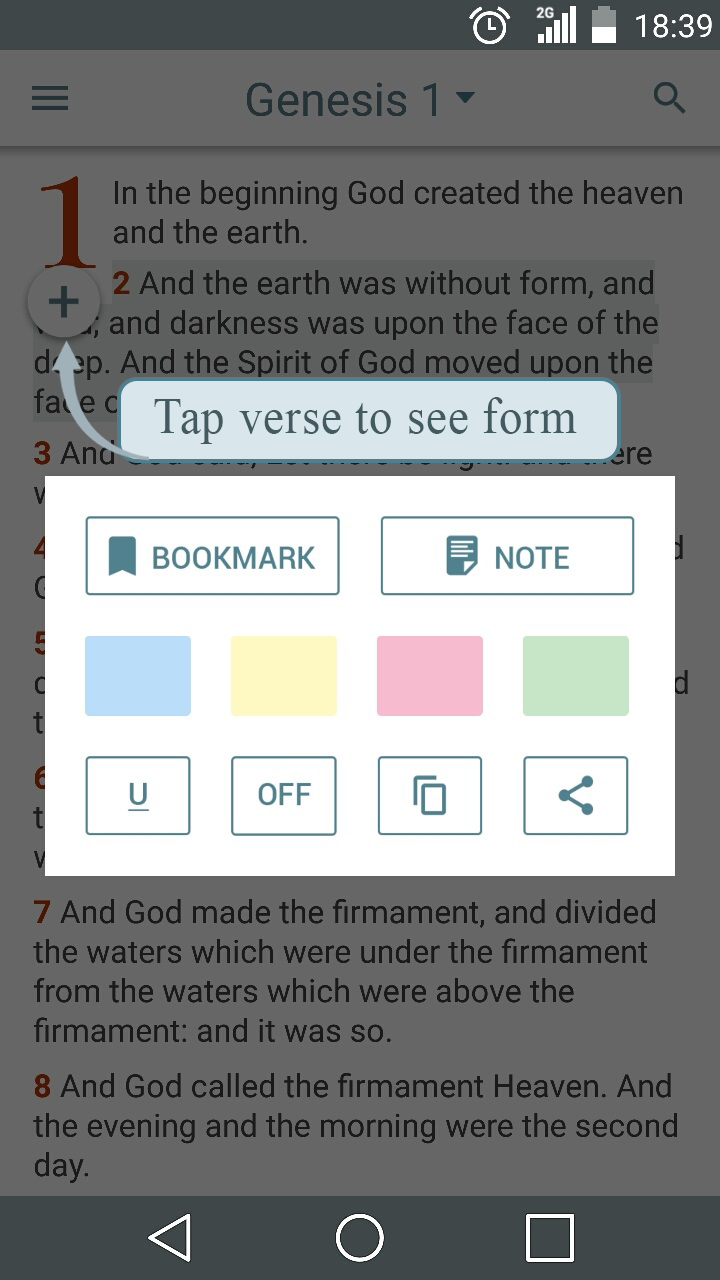Book of Jubilees Review: An In-Depth Analysis of a Biblical Classic

Introduction

Welcome to our comprehensive review of the Book of Jubilees! In this article, we will delve into the historical significance, theological relevance, and literary aspects of this ancient Jewish text, providing you with a detailed understanding of its contents and its impact on biblical studies.
Overview of the Book of Jubilees
The Book of Jubilees, also known as “The Little Genesis” or “The Apocalypse of Moses,” is an ancient Jewish religious work believed to have been written in the second century BCE. This text presents itself as a revelation given by God to Moses on Mount Sinai and covers the period from the creation of the world up until the giving of the Law at Mount Sinai.
Although not included in the canonical Bible, the Book of Jubilees is considered a significant piece of literature that sheds light on the beliefs and traditions of the Jewish community during the Second Temple period. It is primarily a retelling and reinterpretation of the biblical narratives found in the Book of Genesis and the beginning of Exodus, interwoven with additional details, genealogies, and legal regulations.

Historical Context and Significance
To fully appreciate the Book of Jubilees, it is necessary to understand the historical context in which it emerged. The Second Temple period, marked by political turmoil and religious reformation, witnessed the growth of various Jewish sects, each with their unique interpretations of sacred texts.

The Book of Jubilees is associated with the Essenes, a Jewish sect known for their strict observance of Jewish law and their belief in the importance of ancient traditions. This text reflects their particular theological perspective, presenting a reinterpretation of biblical events that aligns with their understanding of God’s intentions and expectations.
By examining the Book of Jubilees, scholars gain insight into the complexities of Jewish thought during this period, shedding light on the diverse religious movements that shaped early Judaism.
Contents and Themes of the Book
The Book of Jubilees covers a wide range of biblical narratives, expanding upon them and providing additional details that were not explicitly mentioned in the original texts. It is divided into fifty chapters, each highlighting various significant events, from the creation of the universe to the Israelites’ entrance into the Promised Land.
One of the central themes in the Book of Jubilees is the notion of divine revelation. Throughout the text, Moses is presented as the recipient of God’s direct communication, serving as a mediator between the divine and human realms. This emphasis on revelation elevates the authority of Moses and reinforces the importance of obedience to the divine commandments.

Another prominent theme explored in the Book of Jubilees is the establishment of sacred festivals and observances. It offers detailed instructions regarding the proper celebration of holidays such as Sabbath, Passover, and the Feast of Tabernacles, grounding them in specific historical events and divine ordinances.
Literary Style and Structure

The Book of Jubilees exhibits a distinctive literary style, blending elements of narrative, legal code, and apocalyptic literature. The text employs a chronological framework, organizing events according to a meticulous system of jubilees and weeks, providing a unique perspective on biblical chronology.

The writing style of the Book of Jubilees also echoes the biblical books it draws upon. With its repetitive language, formulaic expressions, and echoes of Genesis and Exodus, it emulates the literary patterns found in the Hebrew Bible, which contributes to its integration into the corpus of Jewish literature.
Implications for Biblical Studies

The Book of Jubilees serves as a valuable resource for biblical scholars seeking to better understand the development of religious thought and the transmission of biblical traditions. Its reinterpretation of biblical events and expansion upon their details offers insights into the process of scriptural interpretation and the formation of religious doctrines.

Furthermore, the Book of Jubilees provides an alternative perspective on historical and theologically significant moments, shedding light on the cultural and religious underpinnings of Judaism during the Second Temple period. It offers a glimpse into the evolution of Jewish beliefs and practices and enhances our understanding of how these traditions might have influenced later Jewish literature.
Conclusion
In conclusion, the Book of Jubilees is a captivating ancient Jewish text that enriches our understanding of biblical narratives, historical contexts, and religious reformation during the Second Temple period. Its historical significance, theological implications, and literary style make it a compelling subject for scholars and individuals interested in exploring the multifaceted nature of Jewish thought. By examining this masterpiece, we gain invaluable insights into the intricate tapestry of Jewish literature and the enduring relevance of ancient texts for contemporary religious studies.

 Translate English to Albanian Review
Translate English to Albanian Review 






